Applications of L-Shaped Facing Brick
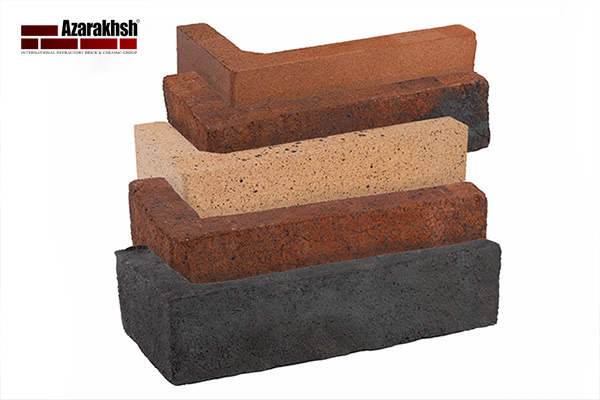
L-shaped facing brick is one of the widely used materials in the construction industry. Thanks to its unique design, it enables precise and solid execution of corners, edges, and structural joints. This type of brick provides architects and designers with more flexibility, enhancing both the strength and aesthetics of façades. Moreover, due to its compatibility with different building materials, it is used in both modern and traditional projects, playing a key role in optimizing design and construction. Below, we review the main applications of L-shaped facing brick.
Arched Window Sills with L-Shaped Facing Brick
Arched window sills, with their rich history in both traditional and modern architecture, are among the prominent elements in building design. By creating beautiful and unique arches around windows, L-shaped facing bricks not only enhance the visual appeal and grandeur of the structure but also improve its structural strength and stability.
Arches, due to their physical properties, distribute loads more evenly and transfer heavy pressures to other parts of the building. The use of L-shaped facing brick in these areas is highly popular, as brick—with its durability and resistance to weather changes—helps preserve the quality and longevity of the building.
Because of its ability to create diverse arches and precise designs, this brick enables façades with a wide variety of visual appeal. Such designs were especially common in Renaissance and Baroque architecture to evoke grandeur, but today they are also seen in modern designs thanks to the brick’s versatility.
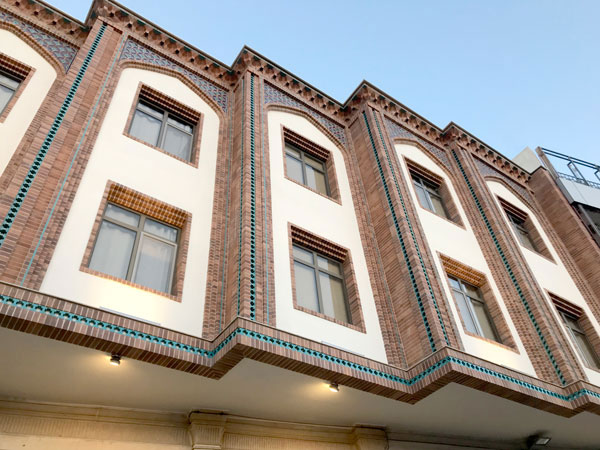
Window Cornices
A window cornice is an architectural ornament around or above windows that not only creates a decorative element but also prevents rainwater from seeping into the walls. Using L-shaped facing bricks for window cornices brings several advantages: high durability, resistance to temperature changes, and consistency with the overall façade design. This feature is common in classical and neoclassical architecture, and with a variety of colors and textures, it creates a distinctive and unique appearance.
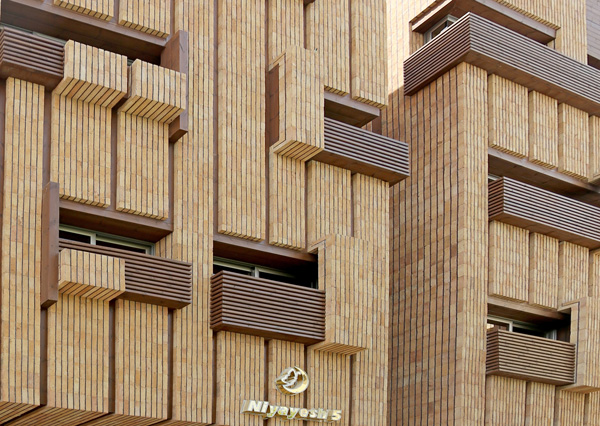
Strengthening Façade Corners
Strengthening façade corners is a critical step in building design and construction, as it directly impacts both the durability and beauty of the structure. Corners, where walls intersect or connect with other parts, are usually exposed to constant physical stress and impact.
Cracks and damage in these areas are common. L-shaped facing brick is widely used to prevent such issues, thanks to its special features. These bricks provide excellent resistance to heat, moisture, and pressure, acting as strong protection against harsh weather conditions.
In regions with high humidity or extreme temperature fluctuations, refractory L-shaped bricks are particularly effective in preventing damage. Their dense and durable structure also resists wear and pressure over time, keeping the corners intact.
Geometric Designs with L-Shaped Facing Brick
L-shaped facing brick allows for the creation of diverse and creative geometric patterns on building façades. Thanks to its special shape, it can be arranged into broken lines, diamond shapes, symmetrical patterns, or even three-dimensional designs.
Not only does this add beauty to the building, but it can also be applied in both modern and classical architecture. Geometric designs created with refractory L-shaped bricks give the building a unique identity and set it apart from others.
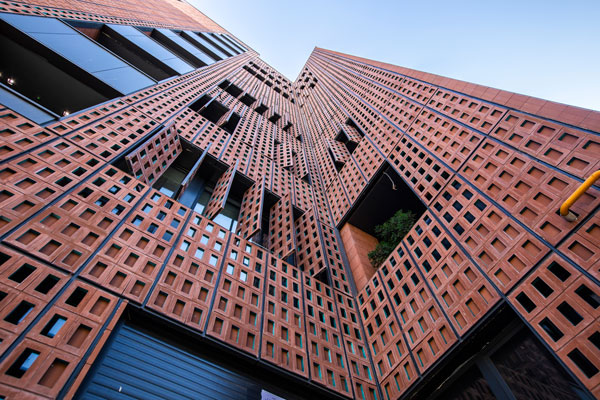
Applications in Interior and Exterior Design
L-shaped facing brick is one of the most frequently used elements in both interior and exterior architectural decoration. Due to its shape, it is especially used for covering and decorating wall corners in exterior façades of residential, commercial, and office buildings. Additionally, in interior design, it plays a significant role in places like restaurants, cafés, and traditional venues, creating a warm and authentic atmosphere. By combining L-shaped bricks with modern or classical styles, unique and eye-catching spaces can be created.
Around Doors
Another application of L-shaped facing brick is around entrance and interior doors. Its angled design allows for seamless and elegant coverage of door edges, enhancing the overall appearance of the building’s entrance.
Besides adding luxury and durability, it prevents damage to wall edges. With its resistance to impact and various weather conditions, it is an ideal choice for entrances in residential, commercial, and office buildings.
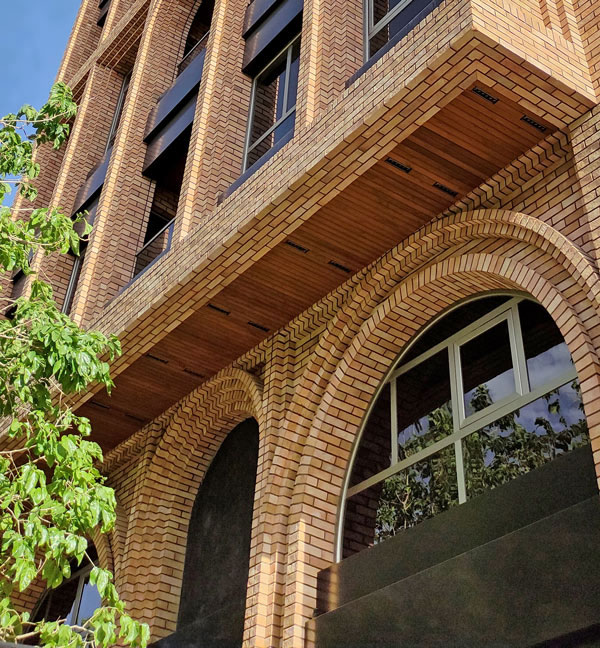
Covering Columns
For covering columns, L-shaped facing brick is an ideal solution. Thanks to its special design, it can fully cover the angled surfaces of columns without the need for cutting. One of its main applications is giving columns a seamless and consistent appearance while preventing irregular gaps.
In addition to its aesthetic value, L-shaped facing brick increases the column’s resistance to impact, abrasion, and environmental conditions. For this reason, it is widely used in both modern and classical architectural projects as a durable and attractive column covering.
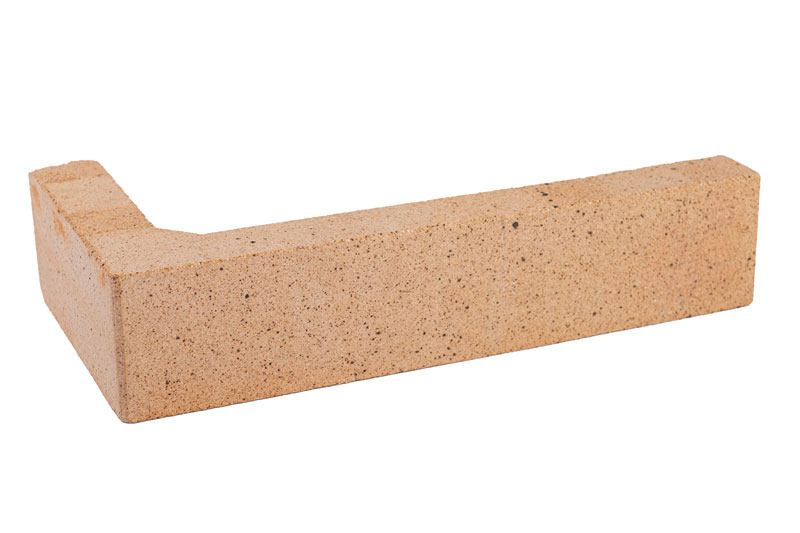
Refractory L-Shaped Facing Brick (Shamotte)
Conclusion
L-shaped facing brick is both a functional and aesthetic element in façade design. Its most important applications include use around square columns, 90-degree wall edges and corners, window and door frames, and other areas requiring seamless coverage. Using this type of brick not only enhances the visual appeal of a façade but also adds elegance and harmony to the overall design. Therefore, choosing refractory L-shaped facing brick is a smart decision for increasing the beauty, durability, and quality of building façades.






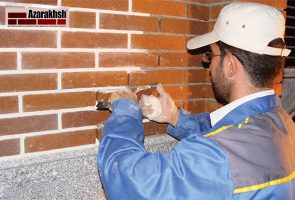

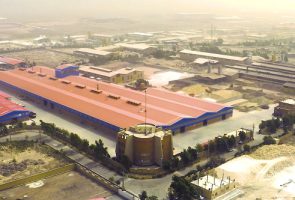
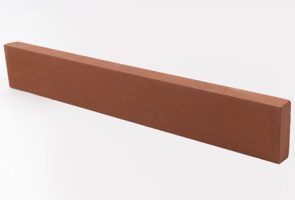
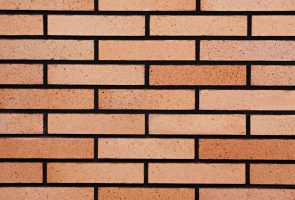
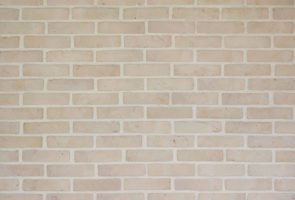

Comments
Your feedback is important to us. Please share comments or ask questions you haven’t found the answer to yet.